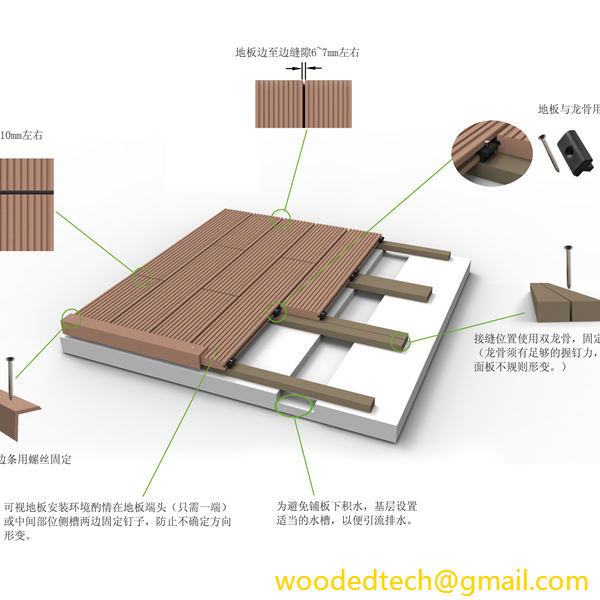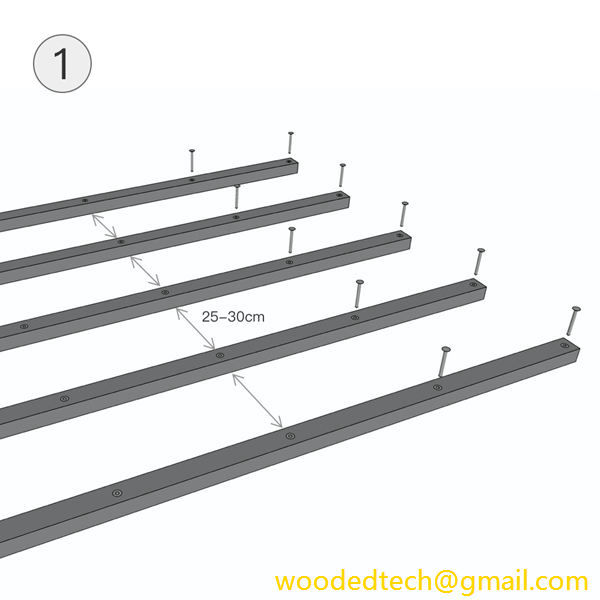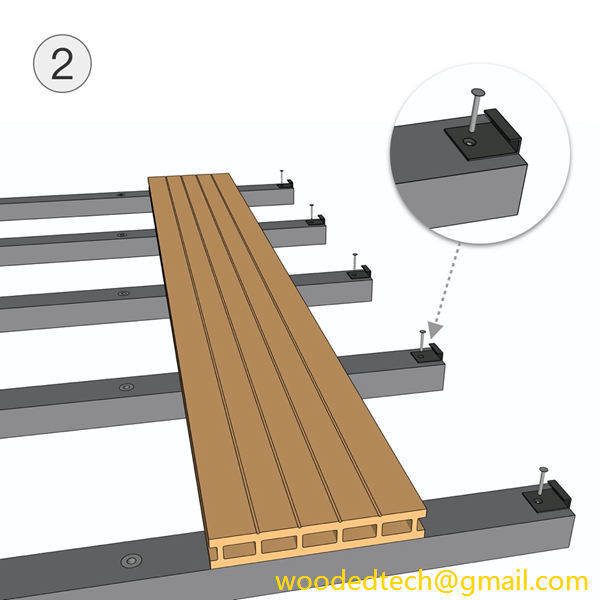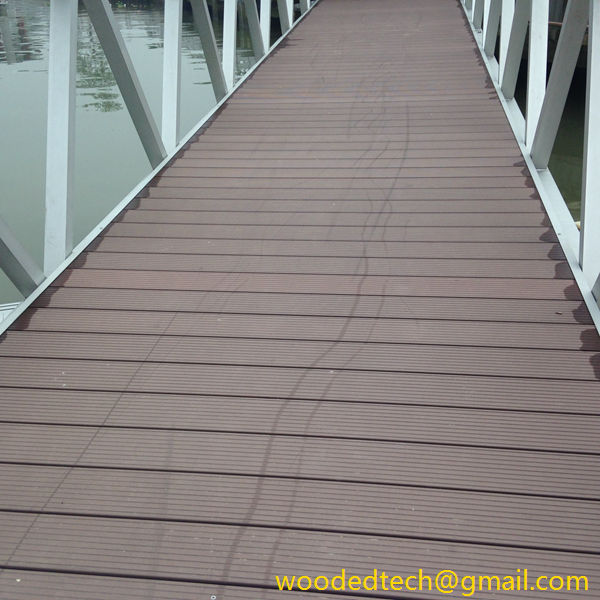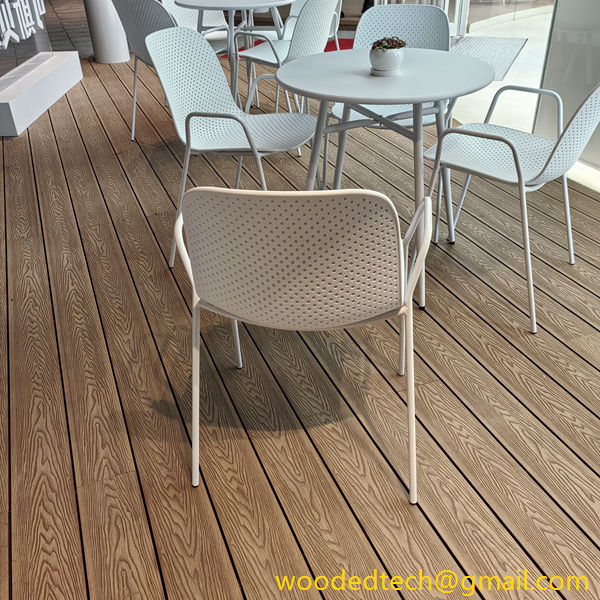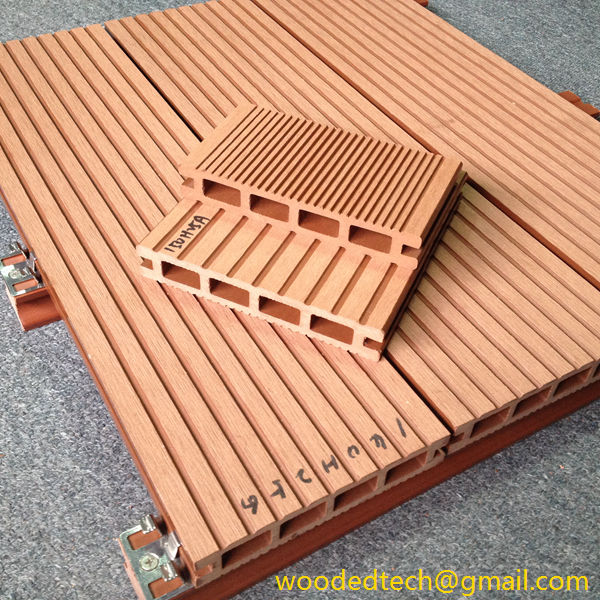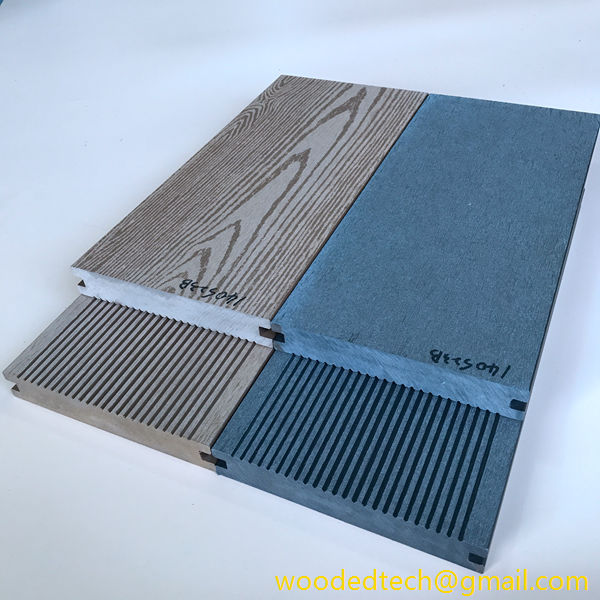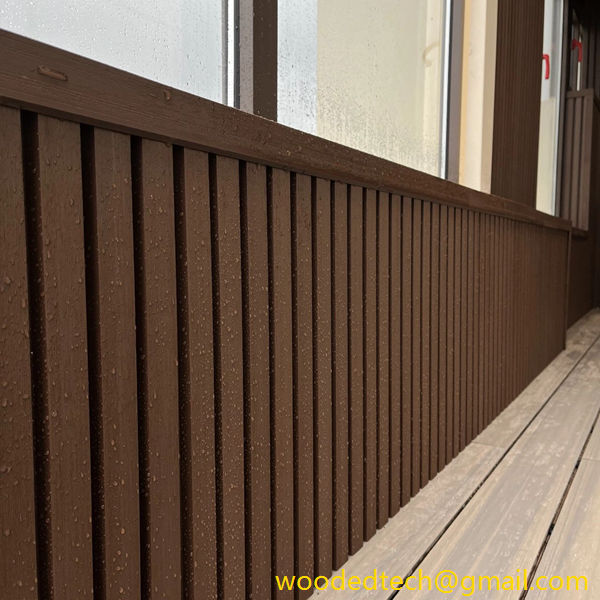Ensure Proper Support with Composite Deck Spacing Joist for Your Deck
Ensure Proper Support with Composite Deck Spacing Joist for Your Deck When it comes to constructing a deck, one of the most critical aspects to consider is the support structure beneath the surface. This support system is primarily composed of joists, which are horizontal beams that bear the weight of the deck and provide stability….
Ensure Proper Support with Composite Deck Spacing Joist for Your Deck
When it comes to constructing a deck, one of the most critical aspects to consider is the support structure beneath the surface. This support system is primarily composed of joists, which are horizontal beams that bear the weight of the deck and provide stability. In recent years, the use of composite materials for deck construction has gained popularity due to their durability and low maintenance requirements. However, understanding the proper spacing of composite deck joists is essential to ensure the longevity and safety of your deck.
Composite decking materials are made from a blend of wood fibers and plastic, which offers several advantages over traditional wood decking. They resist rot, warping, and fading, making them an attractive option for homeowners looking for a long-lasting solution. Nevertheless, the effectiveness of composite decking largely depends on the correct installation and support provided by joists.
One of the primary considerations when installing a deck is the spacing of the joists. Joist spacing refers to the distance between each joist, which can significantly affect the overall strength and performance of the deck. For composite decking, manufacturers typically recommend a joist spacing of 16 inches on center for residential applications. This means that the distance from the center of one joist to the center of the next should be 16 inches. In some cases, such as when using heavier composite materials or in areas with high foot traffic, it may be advisable to reduce the spacing to 12 inches on center.
Why is proper joist spacing so important? The primary role of joists is to distribute the weight of the deck and its occupants evenly. If the joists are spaced too far apart, the decking boards may not receive adequate support, leading to sagging, warping, or even structural failure over time. Conversely, if the joists are spaced too closely, it may result in unnecessary material costs and can complicate installation without providing significant benefits in terms of performance.
Another factor to consider is the type of composite decking being used. Different brands and products have varying load-bearing capacities, which can impact the appropriate joist spacing. Always consult the manufacturer’s guidelines for specific recommendations regarding joist spacing and installation procedures. Additionally, local building codes may have specific requirements that must be adhered to, so it’s essential to check with local authorities before beginning construction.
When planning your deck design, it’s also important to consider the layout and configuration of your joists. The orientation of the joists can affect the overall aesthetics of the deck and how it interacts with the surrounding environment. For example, if the joists are installed perpendicular to the house, it can create a more visually appealing design and provide better support for the decking boards. On the other hand, diagonal joists can add additional structural integrity and create unique patterns in the deck surface.
Installation techniques also play a crucial role in ensuring that your composite decking remains stable and secure. Properly fastening the decking boards to the joists is essential to prevent movement and shifting over time. Many manufacturers provide specific recommendations for fasteners, including screws and clips, that are compatible with their products. Using the right fasteners not only enhances the appearance of the deck but also contributes to its overall durability.
In addition to spacing and installation, regular maintenance is vital for preserving the integrity of your composite deck. While composite materials are designed to withstand the elements, dirt, debris, and moisture can accumulate over time. Routine cleaning and inspection can help identify any potential issues before they become significant problems. Ensuring that the drainage is adequate around the deck can also prevent water from pooling, which can lead to rot or other forms of damage.
Lastly, consider the environmental impact of your deck construction. Many composite materials are made from recycled materials, which can contribute to sustainability efforts. By choosing eco-friendly options, you not only create a beautiful outdoor space but also make a positive contribution to the environment.
In conclusion, ensuring proper support with composite deck spacing joists is a fundamental aspect of deck construction that should not be overlooked. The appropriate spacing of joists is crucial for the stability, safety, and longevity of your deck. By adhering to manufacturer guidelines, local building codes, and best practices in installation and maintenance, you can create a durable and aesthetically pleasing outdoor space that will stand the test of time. Investing time and effort into the planning and execution of your deck project will ultimately pay off in the form of a safe and enjoyable area for you and your family to relax and entertain.

